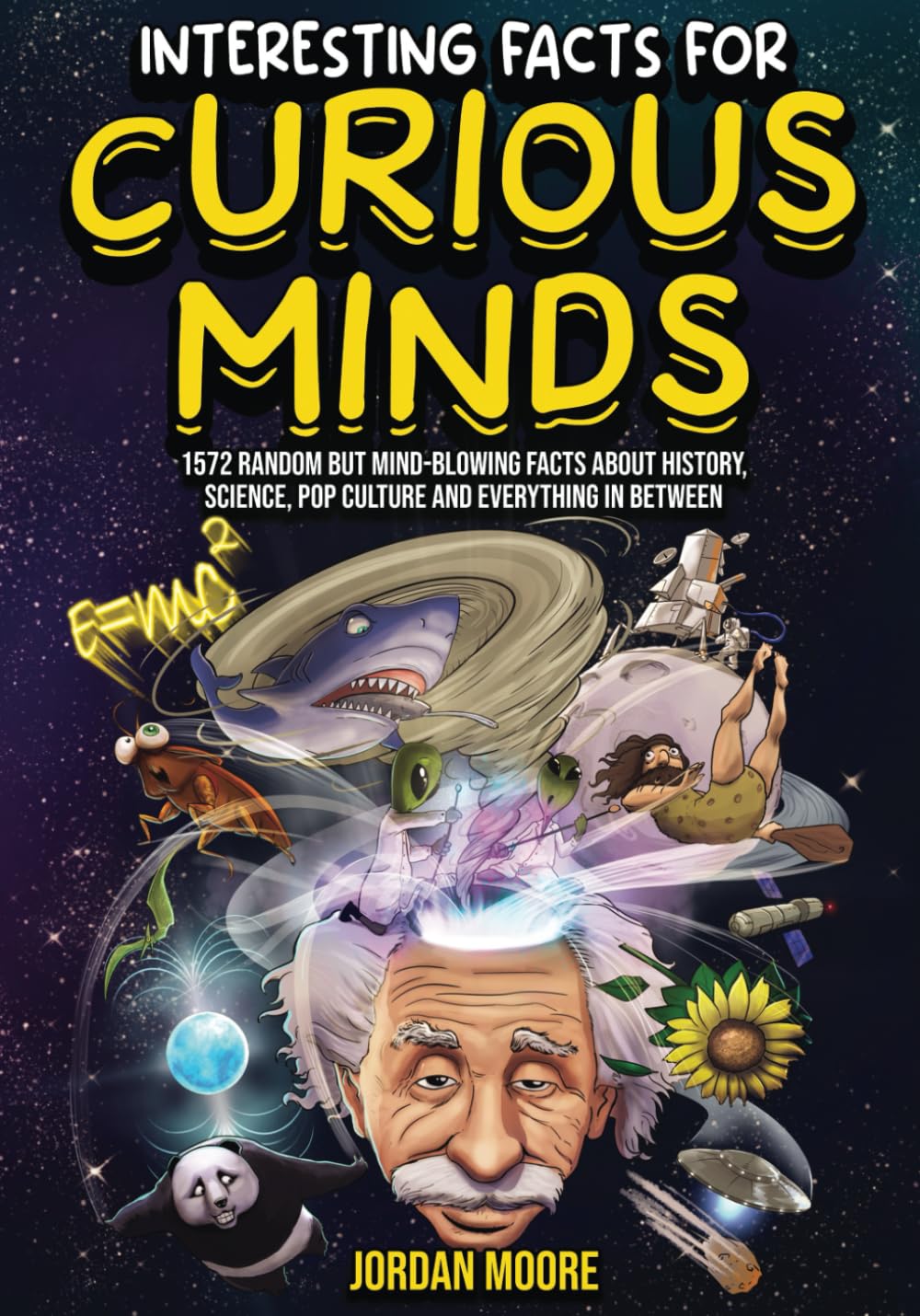
Interesting Facts For Curious Minds: 1572 Random But Mind-Blowing Facts About History, Science, Pop Culture And Everything In Between
Meteorological Madness
byMeteorological Madness has fascinated humans for centuries, evolving from early observations of weather patterns into a complex and scientific field. Meteorology, which deals with weather forecasting, has roots that stretch back to ancient civilizations, but its modern, scientific form began to take shape in the 1700s. The study of weather systems and their patterns is essential for understanding not just the environment but also the impacts on agriculture, transportation, and human health. Over the years, technology has drastically improved the way weather is predicted, enabling meteorologists to provide more accurate forecasts, thanks to advances in satellite technology and radar systems.
In terms of climate events, the Earth has witnessed many instances of extreme weather patterns. The Medieval Warm Period, lasting from around 950 to 1250, was marked by an increase in temperatures in the North Atlantic region, allowing the Vikings to settle in Greenland. However, as climate conditions shifted, these settlements were eventually abandoned. Today, locations like Mawsynram, India, hold records for extreme rainfall, with 1,000 inches recorded in a single year. These weather patterns highlight the unpredictability of Earth’s climate and the challenges we face in adapting to such fluctuations.
Technological advancements have significantly improved our ability to understand and predict weather phenomena. The introduction of Doppler radar in the 1960s revolutionized weather forecasting by allowing meteorologists to track storms and hurricanes more accurately. By the 1980s, a network of weather radar systems was established, further enhancing predictive capabilities. In addition to this, modern satellite systems provide detailed views of cloud formations and storm systems from space. These tools are invaluable, especially when tracking dangerous weather events like hurricanes, which have been known to cause widespread destruction. For example, hurricanes in the North Atlantic and Eastern Pacific have become infamous for their ferocity, with devastating storms like Hurricane Katrina causing significant loss of life and property damage.
The frequency of extreme weather events, such as tornadoes and hurricanes, has highlighted the importance of meteorology. The US, in particular, experiences more tornadoes than any other country, with about 1,200 tornadoes reported annually. This phenomenon occurs mostly in Tornado Alley, a region in the central United States, where the conditions are ideal for tornado formation. Likewise, the Earth’s oceans are regularly impacted by hurricanes, with wind patterns dictating the direction and intensity of these storms. Interestingly, the rotation of hurricanes in the northern and southern hemispheres is influenced by the Coriolis effect, which causes them to spin in opposite directions. This has significant implications for the way these storms are tracked and understood.
From historical weather events like the Little Ice Age, which spanned from the 1500s to the 1800s, to more recent occurrences like the Armistice Day Blizzard of 1940, meteorology has played a crucial role in understanding long-term climate changes. The Little Ice Age was a period of cooling that significantly affected agriculture and living conditions in Europe and North America. Similarly, the Armistice Day Blizzard of 1940 was one of the most deadly snowstorms in American history, claiming 154 lives. Such events underline the importance of meteorology in forecasting not just short-term weather changes but also in understanding broader climatic shifts that can have long-lasting impacts.
In addition to the global impacts of weather, certain natural phenomena continue to capture attention due to their rarity and extremity. For instance, the world’s largest hailstone, recorded in South Dakota in 2010, weighed nearly two pounds and had a diameter of eight inches. Such occurrences are rare but serve as a reminder of the power and unpredictability of nature. In another interesting phenomenon, pink snow can be seen in the Sierra Nevada Mountains, caused by a type of algae called chlamydomonas nivalis. This algae thrives in cold environments, adding a surreal touch to the otherwise white landscape.
Meteorological advancements continue to improve how we understand weather patterns, and the ongoing study of climate change has further heightened the urgency for accurate forecasting. As technology progresses, the accuracy of weather predictions continues to improve, enabling better preparation for extreme weather events. However, despite these advancements, the challenges posed by climate change and extreme weather are far from over, and ongoing research into meteorology is essential. The unpredictable nature of the Earth’s climate system reminds us of the importance of understanding these forces and preparing for their consequences, both in the short term and the long term.

